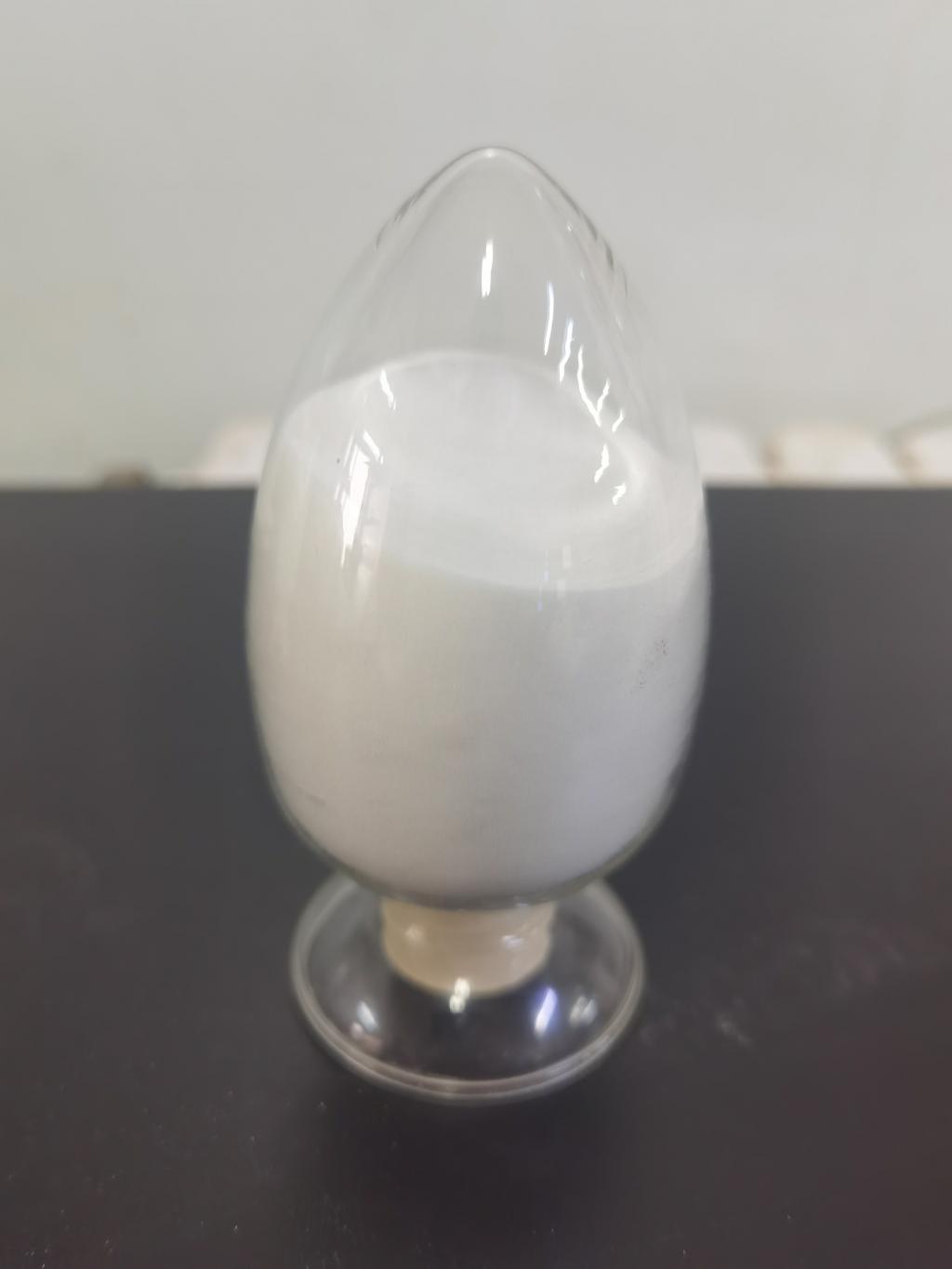Tel:+8618231198596

News
 CONTACT
CONTACT
 CONTACT
CONTACT
- Linkman:Linda Yao
- Tel: +8618231198596
- Email:linda.yao@dcpharma.cn
- Linkman:CHARLES.WANG
- Department:Overseas
- Tel: 0086 0311-85537378 0086 0311-85539701
News
Research investigates the impact of ε-Polylysine hydrochloride.
TIME:2024-04-10
Understanding ε-Polylysine Hydrochloride:
ε-Polylysine Hydrochloride is a biodegradable cationic polymer composed of lysine monomers linked by peptide bonds. Produced through fermentation by certain strains of bacteria, it exhibits potent antimicrobial properties against a wide range of microorganisms. The compound is water-soluble and has been approved for use as a preservative in food products by regulatory agencies.
While ε-Polylysine Hydrochloride offers effective microbial control, its impact on the sensory attributes of food products, such as taste, aroma, texture, and appearance, is of paramount importance. Consumers prioritize sensory quality when making food choices, and any alterations to these attributes may affect product acceptability and market success.
Research on Sensory Impact:
Studies investigating the sensory impact of ε-Polylysine Hydrochloride on food products have yielded valuable insights into its effects on various sensory attributes:
Taste and Flavor:
Research suggests that ε-Polylysine Hydrochloride may have a slight bitter taste, particularly at higher concentrations. However, its impact on taste perception can be minimized through proper formulation and dosage control. Studies have shown that at low concentrations, ε-Polylysine Hydrochloride does not significantly alter the taste or flavor of food products, allowing manufacturers to maintain desired sensory profiles.
Aroma:
The aroma of food products is influenced by volatile compounds released during cooking or processing. Research indicates that ε-Polylysine Hydrochloride does not impart noticeable off-flavors or odors to food products when used at recommended levels. Proper application and incorporation techniques can help mitigate any potential aroma changes, ensuring that the natural aroma of the food is preserved.
Texture:
Texture plays a crucial role in the sensory experience of food products, influencing factors such as mouthfeel, chewiness, and crispiness. Studies have shown that ε-Polylysine Hydrochloride does not significantly alter the texture of food products when used within recommended limits. Proper formulation and processing techniques can help maintain desired texture attributes, ensuring consumer satisfaction.
Appearance:
The visual appeal of food products is a key determinant of consumer acceptance. Research indicates that ε-Polylysine Hydrochloride may cause slight changes in color or transparency in certain food matrices, particularly at higher concentrations. However, these changes are generally minimal and can be masked or mitigated through the use of appropriate ingredients or additives.
Balancing Microbial Safety and Sensory Quality:
Achieving a balance between microbial safety and sensory quality is essential in the development of food products containing ε-Polylysine Hydrochloride. Several strategies can help mitigate the sensory impact of ε-Polylysine Hydrochloride while ensuring effective microbial control:
Optimal Formulation:
Proper formulation of food products, including the selection of ingredients and additives, can help minimize the sensory impact of ε-Polylysine Hydrochloride. Formulation adjustments, such as optimizing pH, salt content, and flavor profiles, can help mask any undesirable tastes or aromas associated with ε-Polylysine Hydrochloride.
Dosage Control:
Careful control of ε-Polylysine Hydrochloride dosage is crucial to balancing microbial safety with sensory quality. Manufacturers should adhere to recommended usage levels and conduct sensory evaluations to determine the optimal dosage that achieves microbial control without compromising sensory attributes.
Application Techniques:
The method of incorporating ε-Polylysine Hydrochloride into food products can influence its sensory impact. Proper mixing, dispersion, and processing techniques can help ensure uniform distribution of ε-Polylysine Hydrochloride throughout the product matrix, minimizing localized changes in taste, aroma, or texture.
Consumer Testing:
Conducting consumer sensory evaluations and preference studies can provide valuable feedback on the acceptability of food products containing ε-Polylysine Hydrochloride. Understanding consumer preferences and perceptions allows manufacturers to tailor product formulations to meet market demands and enhance consumer satisfaction.
Future Directions and Challenges:
While research on the sensory impact of ε-Polylysine Hydrochloride in food products has provided valuable insights, several challenges and opportunities for future exploration remain:
Enhanced Understanding:
Further research is needed to gain a deeper understanding of the mechanisms underlying the sensory impact of ε-Polylysine Hydrochloride in different food matrices. Investigating interactions with other ingredients, processing conditions, and packaging materials can provide valuable insights into optimizing sensory quality.
Innovation in Formulation:
Continued innovation in formulation techniques and ingredient selection can help mitigate the sensory impact of ε-Polylysine Hydrochloride while maintaining microbial safety. Exploring novel encapsulation methods or synergistic combinations with other antimicrobial agents may offer opportunities to enhance sensory attributes.
Regulatory Considerations:
Regulatory agencies play a critical role in evaluating the safety and efficacy of ε-Polylysine Hydrochloride in food products. Continued collaboration between researchers, manufacturers, and regulatory authorities is essential to ensure compliance with relevant standards and guidelines.
Conclusion:
In conclusion, research investigating the impact of ε-Polylysine Hydrochloride on the sensory attributes of food products plays a crucial role in ensuring consumer acceptability. While ε-Polylysine Hydrochloride offers effective microbial control, its sensory impact must be carefully considered to maintain sensory quality and market success. Through optimal formulation, dosage control, and application techniques, manufacturers can strike a balance between microbial safety and sensory excellence, meeting consumer expectations and preferences in the dynamic landscape of food innovation.
- Tel:+8618231198596
- Whatsapp:18231198596
- Chat With Skype







